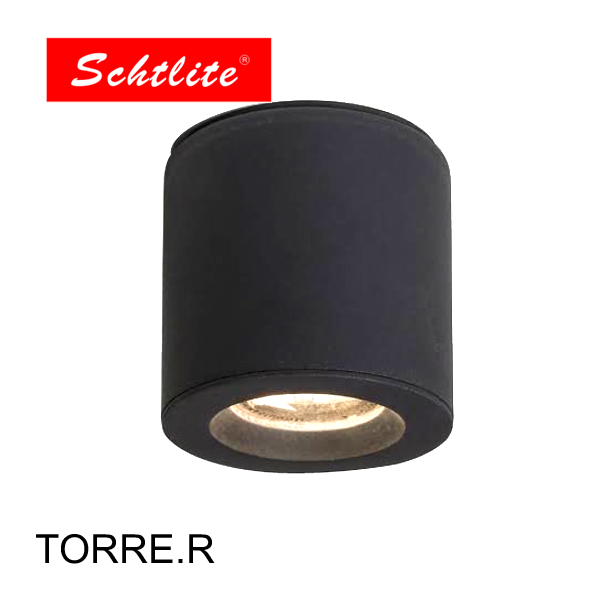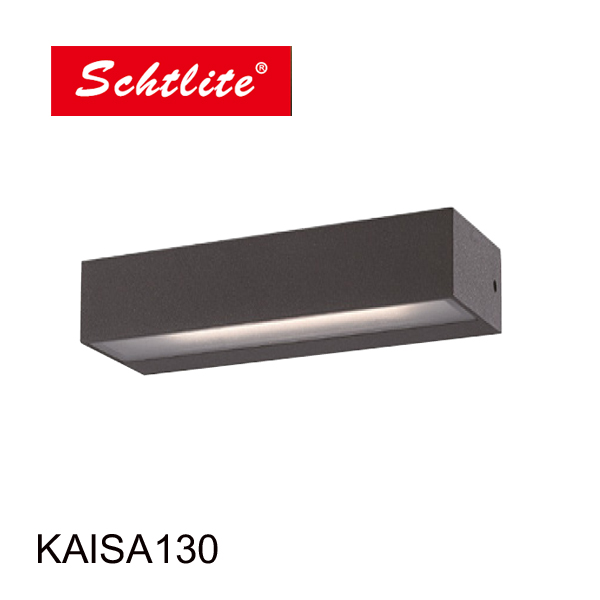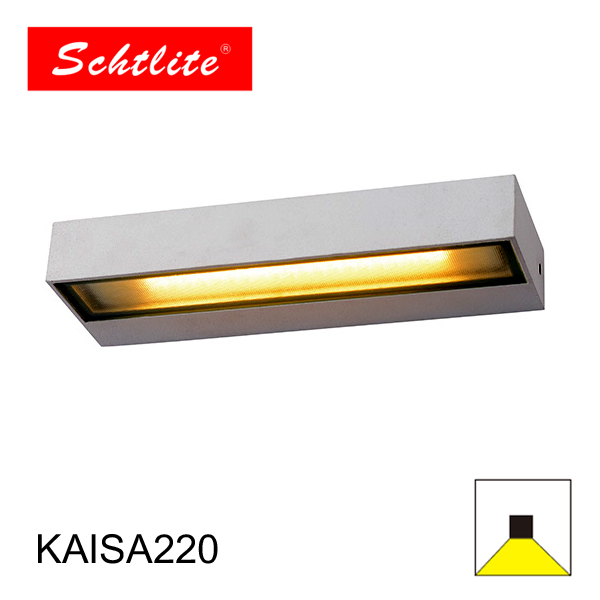1.LED Technology:
LED (Light Emitting Diode) technology is at the forefront of energy-efficient lighting solutions. Unlike traditional incandescent or fluorescent bulbs, LEDs convert a higher percentage of electrical energy into light rather than heat, resulting in significant energy savings. LEDs achieve this efficiency by producing light through the movement of electrons in a semiconductor material, a process known as electroluminescence. This technology allows LEDs to consume up to 80% less energy than incandescent bulbs, making them the preferred choice for energy-conscious consumers.
2.Low Power Consumption:
The low power consumption of LED wall ceiling lighting fixtures is a standout feature in terms of energy efficiency. LED bulbs typically require only a fraction of the power consumed by traditional lighting technologies to produce the same amount of light. For example, a standard 10-watt LED bulb can deliver the same brightness as a 60-watt incandescent bulb. This significant reduction in power consumption translates directly into lower electricity bills for homeowners and businesses, leading to substantial long-term savings over the lifetime of the lighting fixtures.
3.Long Lifespan:
One of the most notable advantages of LED wall ceiling lighting is its exceptionally long lifespan. LED bulbs can last tens of thousands of hours under normal operating conditions, far outlasting traditional incandescent and fluorescent bulbs. The longevity of LED lighting fixtures not only reduces the frequency of bulb replacements but also minimizes the associated energy and maintenance costs. This extended lifespan is attributed to the durable semiconductor materials used in LED bulbs, which are highly resistant to degradation over time.
4.Efficient Light Distribution:
Wall ceiling lighting fixtures are carefully engineered to provide efficient light distribution, ensuring that the emitted light is directed precisely where it's needed. LED bulbs can be designed with specific optics to control the direction and spread of light, minimizing wasted light and maximizing illumination efficiency. By optimizing light distribution, LED wall ceiling lights can effectively illuminate large areas or specific focal points with minimal energy consumption, enhancing both visual comfort and energy efficiency.
5.Dimming Capabilities:
Many modern LED wall ceiling lighting fixtures offer dimming capabilities, allowing users to adjust the brightness levels according to their preferences and lighting needs. Dimming the lights not only creates ambiance and enhances visual comfort but also reduces energy consumption. By lowering the light output when full brightness is not required, dimmable LED fixtures enable further energy savings without compromising lighting quality or functionality. This flexibility in lighting control empowers users to tailor their lighting environment while optimizing energy efficiency.
6.Instantaneous Lighting:
LED wall ceiling lights provide instantaneous illumination without any warm-up time, unlike some traditional lighting technologies that may require a few seconds to reach full brightness. This immediate response ensures that energy is not wasted during the startup phase, allowing users to enjoy instant light whenever the fixtures are switched on. The instant-on feature of LED lighting fixtures enhances convenience and efficiency, particularly in applications where quick lighting is essential, such as in hallways, stairwells, or outdoor areas.
7.Directional Lighting:
Wall ceiling lighting fixtures can be designed to provide directional lighting, allowing users to focus the light precisely where it's needed. LED bulbs can be integrated into adjustable fixtures or equipped with reflectors and lenses to control the directionality of light output. This targeted illumination minimizes light spillage and glare, optimizing energy efficiency by reducing unnecessary light dispersion. Directional LED wall ceiling lights are commonly used for task lighting, accent lighting, or highlighting architectural features, offering both functional and aesthetic benefits while conserving energy.
8.Compatibility with Controls:
LED wall ceiling lighting fixtures are compatible with a wide range of lighting controls, including timers, motion sensors, dimmers, and smart lighting systems. These controls enable users to automate lighting schedules, adjust brightness levels, and customize lighting settings according to their preferences and occupancy patterns. By incorporating advanced lighting controls, such as occupancy sensors that automatically turn off lights in unoccupied rooms or daylight sensors that adjust light output based on ambient lighting conditions, LED wall ceiling lights can further optimize energy usage and enhance overall energy efficiency. Additionally, smart lighting systems offer remote access and programmable features, allowing users to monitor and manage their lighting environment from anywhere, promoting energy conservation and sustainability.
9.Cooler Operation:
LED wall ceiling lights operate at significantly lower temperatures compared to traditional incandescent or halogen bulbs, which waste a considerable amount of energy as heat. The efficient conversion of electrical energy into light by LED bulbs results in minimal heat generation during operation, leading to cooler and more comfortable lighting environments. The reduced heat output of LED fixtures contributes to energy efficiency by minimizing the need for additional cooling or ventilation systems, particularly in enclosed spaces or climate-controlled environments. Cooler operation also extends the lifespan of LED lighting fixtures and reduces the risk of overheating-related issues, further enhancing energy efficiency and reliability.
10.Environmental Benefits:
The energy efficiency of LED wall ceiling lighting fixtures translates into tangible environmental benefits, including reduced greenhouse gas emissions, decreased reliance on fossil fuels, and conservation of natural resources. By consuming less energy to produce light, LED bulbs help mitigate the environmental impact associated with electricity generation, including air pollution, carbon emissions, and resource depletion. Switching to LED lighting technologies contributes to global efforts to combat climate change and promote sustainability, aligning with energy efficiency initiatives and environmental regulations aimed at reducing energy consumption and promoting eco-friendly practices. Additionally, the long lifespan and recyclability of LED lighting fixtures minimize waste generation and support circular economy principles, further reducing their environmental footprint over their lifecycle.
CARMEN Outdoor Waterproof Led Light High Brightness Garden and Park Wall Mounted Lamp
Ceiling Outdoor Mounted Led Wall light CARMEN100.LED.CM CARMEN100.CM is the ceiling wall mounted type for CARMEN100 series. It is feature to be IP65 water proof and 5mm thickness temper glass on its surface.
CARMEN100.CM is the ceiling wall mounted type for CARMEN100 series. It is feature to be IP65 water proof and 5mm thickness temper glass on its surface.







